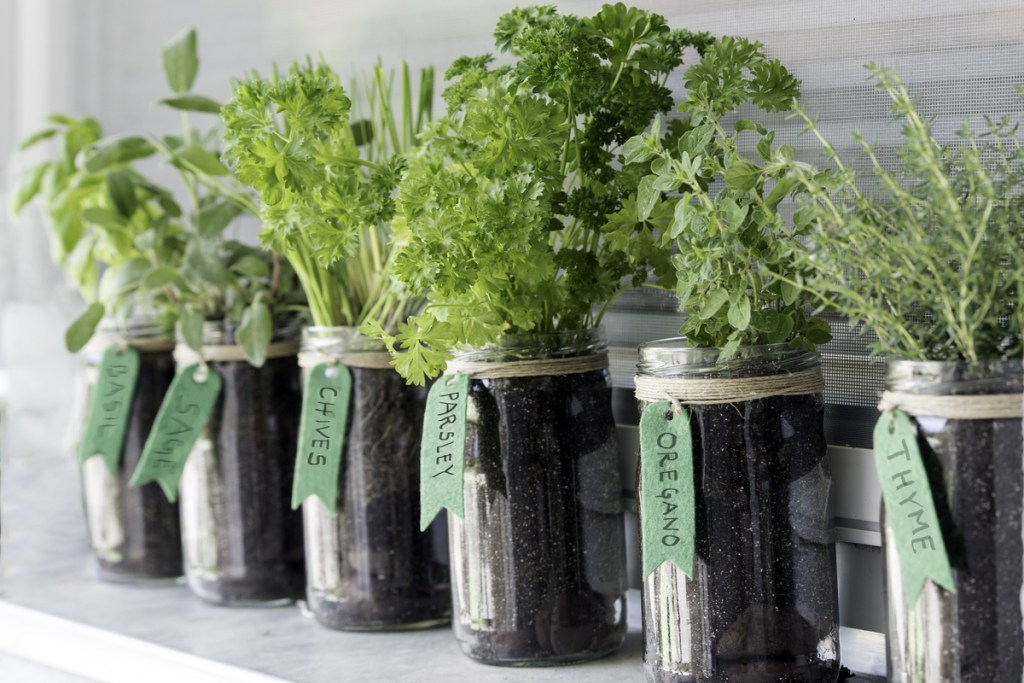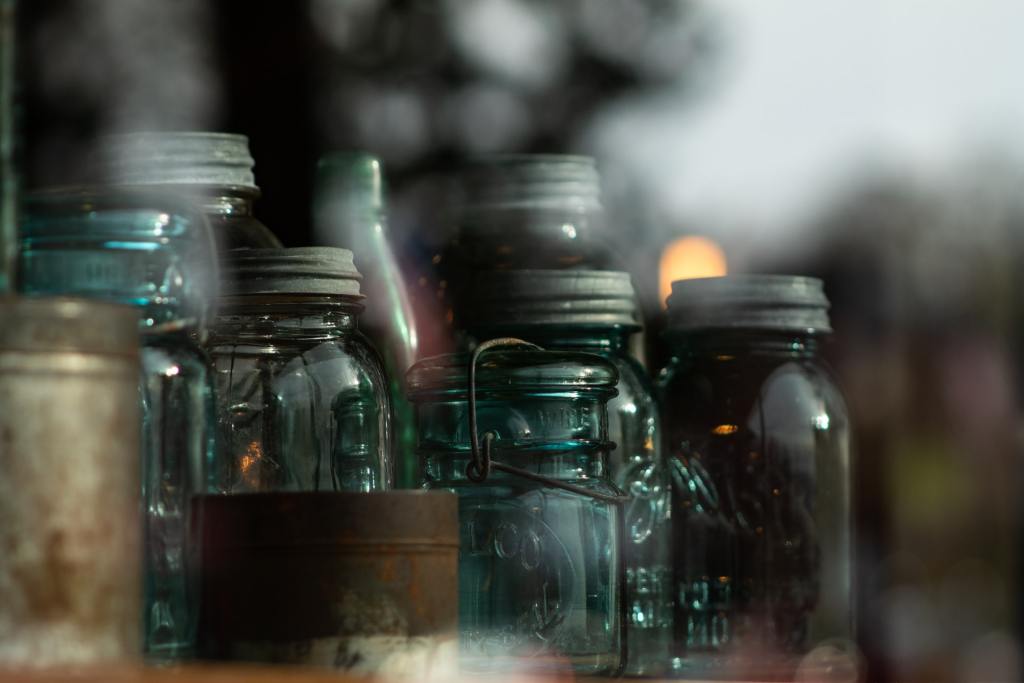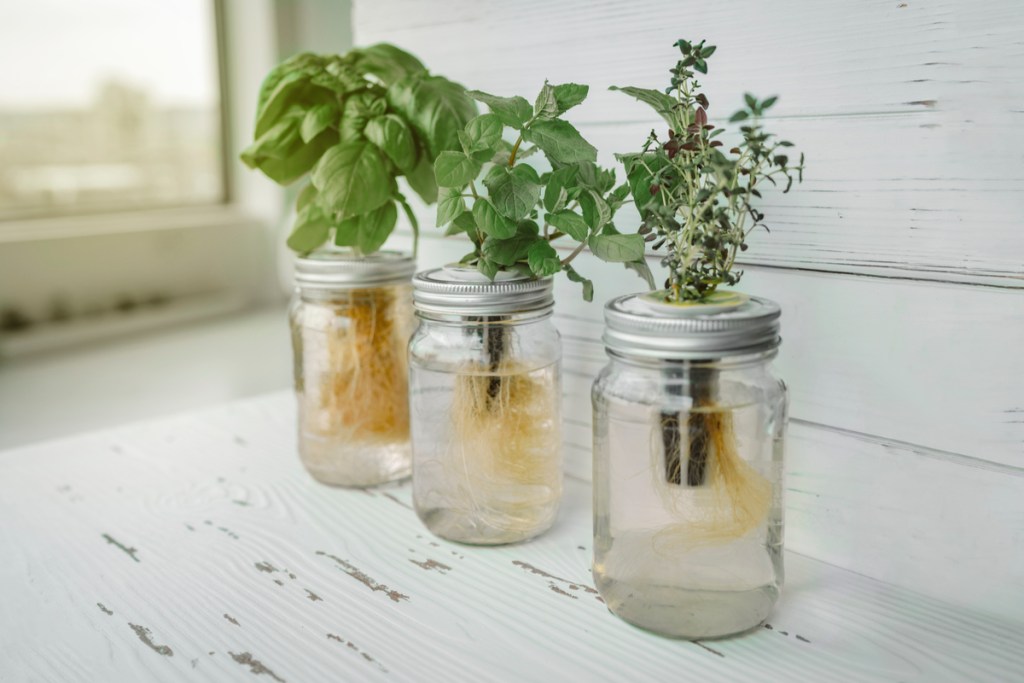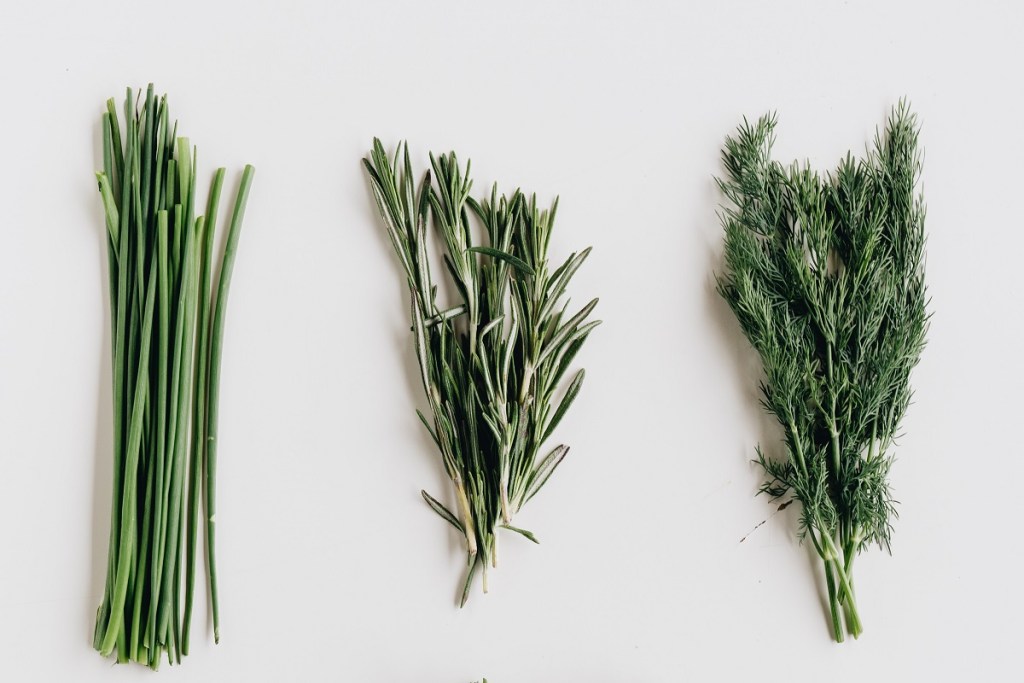
Those new to indoor gardening may find it challenging to get started on growing edible plants inside, but this endeavor is a lot easier than you might think. One straightforward and fun way to get started on kitchen container gardening is putting together a DIY Mason jar herb garden. This project is accessible in every way — in addition to being relatively uncomplicated, it’s also affordable and quick to assemble. Plus, you’ll get a beautiful result and a consistent supply of fresh herbs at the end. If you’ve always wanted to try growing herbs in Mason jars, keep reading to learn how.

What materials you’ll need
For this project, you’ll need four items: a Mason jar, bag of potting mix, supply of rocks or pebbles, and packet of seeds. Part of the appeal with Mason or glass jars is that you can see your plants root and grow over time. While Mason jars are relatively inexpensive, you can also save money by upcycling glass containers that previously stored pasta sauce or jam. Since you do want the roots to have space, make sure your jar is at least 4 inches long. The bigger your vessel, the more room your plants will have to grow.
In addition to the jar, you’ll need the growing medium. Since drilling holes into Mason jars can be tricky and dangerous, you’ll want to make sure you give your plants sufficient drainage with a generous layer of rocks or pebbles. On top of that, add standard potting mix. Amendments such as vermiculite, perlite, and coir can help with aerating roots. You can also use a mix with compost and castings to make sure your plant gets the nutrients that it needs.
Then, of course, you’ll want to have the plants themselves. Both seeds and seedlings can work, although you might risk some transplant shock with new seedlings. It’ll be easiest to grow different types of plants in separate jars to streamline your mini container garden.

Now you’re ready to assemble
After you’ve gathered all of your materials, the next step is to assemble your Mason herb garden. It shouldn’t take too long, which is why this is the perfect weekend project! Your first step is to fill the bottom 1 or 2 inches of your jar with rocks or pebbles for drainage. If you’ve managed to drill a hole in your container, you can skip this step. If not, the gravel will prevent your roots from getting oversaturated with water and dying from root rot. If possible, you could also try to insert a clear cup with holes into your jar.
Next, add your potting mix to your jar, filling it to roughly three-quarters of the way full. You won’t want to pack your soil too densely since this can make it more difficult for your plant to receive the proper water and nutrients it needs to thrive. In this step, you can mix in compost or fertilizer. However, you can also use water-soluble organic fertilizer when you water your plant in the jar.
The final step is to sow your seeds or add your transplanted seedlings. If you’re going in with seeds, sprinkle a few seeds onto the soil, then add half an inch of soil on top. For seedlings, use a chopstick or dowel to carefully dig a hole for the root ball, then cover the bottom with dirt. Water your plant, then leave it by a bright window where it can get at least six hours of sunlight each day. You’ll only want to water when you stick your finger into the jar, and the soil feels dry. Over time, you may want to thin out the weaker plants if you’re starting from seed. If you have multiple plants, you’ll also want to make sure to label the different jars.

Can you grow herbs in water?
You can absolutely grow herbs in water for your Mason jar project — this makes for a pest-free and tidy alternative to growing herbs in soil. Plus, you won’t have to worry about root rot. This method should last you months, although you may be lucky and get a hearty yield for a longer time. You can even start an herb cutting through water propagation and continue growing your plant this way in the long term.
When it comes to maintenance, give your water-grown herbs plenty of light. Also, make sure to switch out the water every week to prevent algae from growing. To encourage prolific growth, prune your plant every so often and enjoy your harvest in your favorite recipes.

Which herbs to include
The possibilities are nearly endless when it comes to what kind of herbs you can grow. Some suitable options for a DIY Mason jar herb garden include cilantro, rosemary, dill, mint, chives, and thyme. This project won’t work with deep-rooted veggies such as peppers and beans, but most herbs will be suitable as long as their roots are shallow. Some sites will even sell herb-starting kits (including some with Mason jar containers), but you can likely source the materials for a lower overall cost by exploring your home and local garden center.
Garnish all your favorite dishes with herbs grown right from home. With a Mason jar and some dirt, rocks, and seeds, you can get started on an herb garden right from the comfort of your kitchen. Assembling an herb garden with Mason jars isn’t terribly expensive, and you can yield plenty of herbs with consistent watering and bright lighting. With half an hour to spare this weekend, you can get started on growing herbs before you know it.



